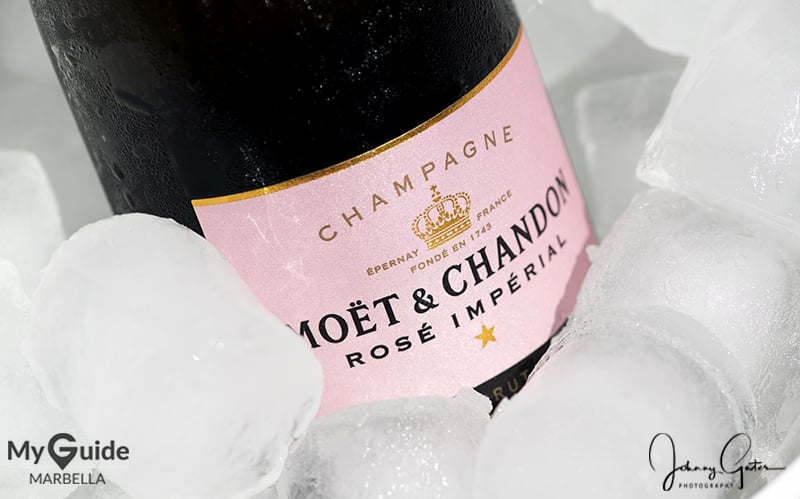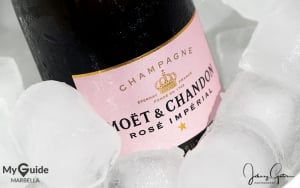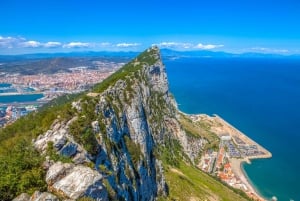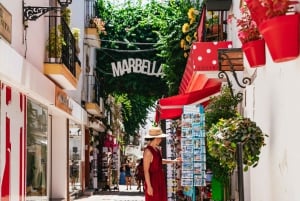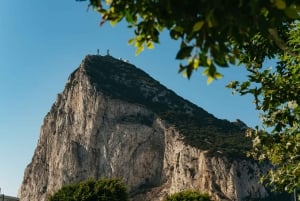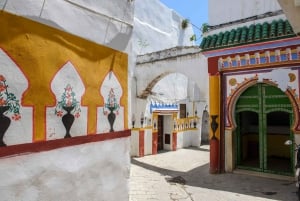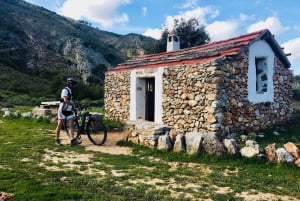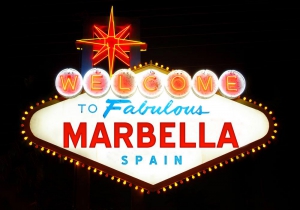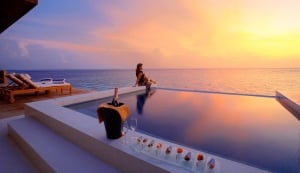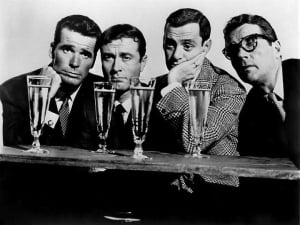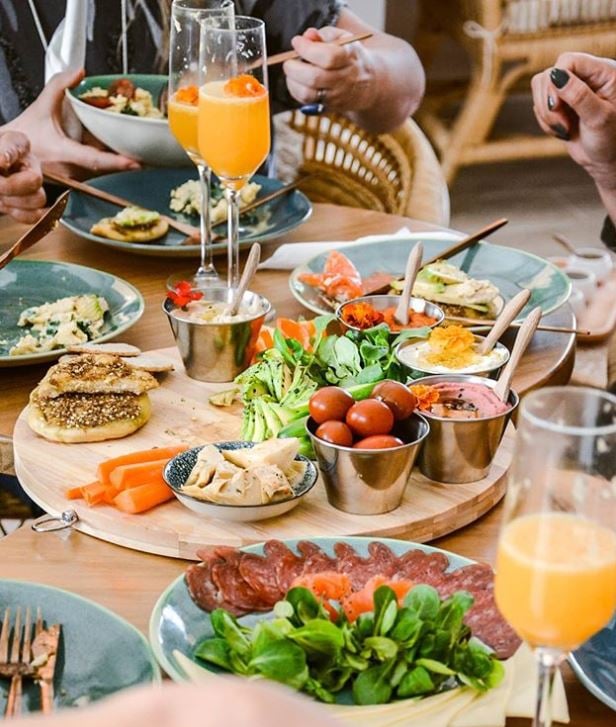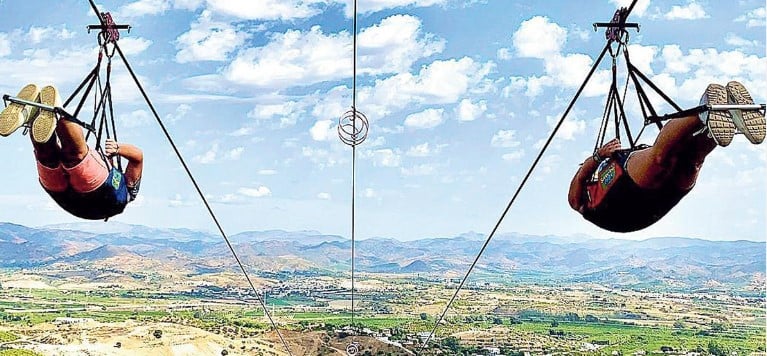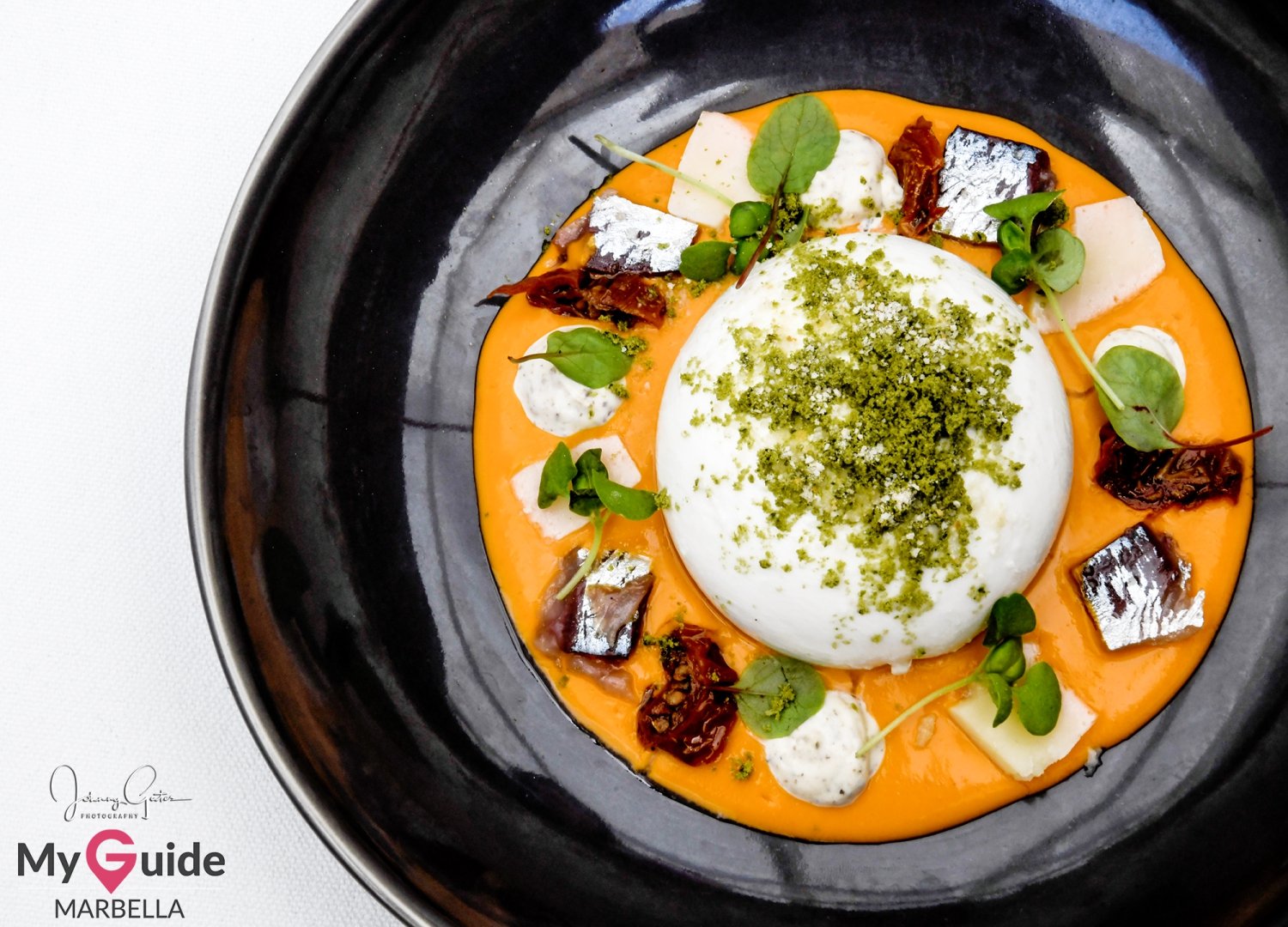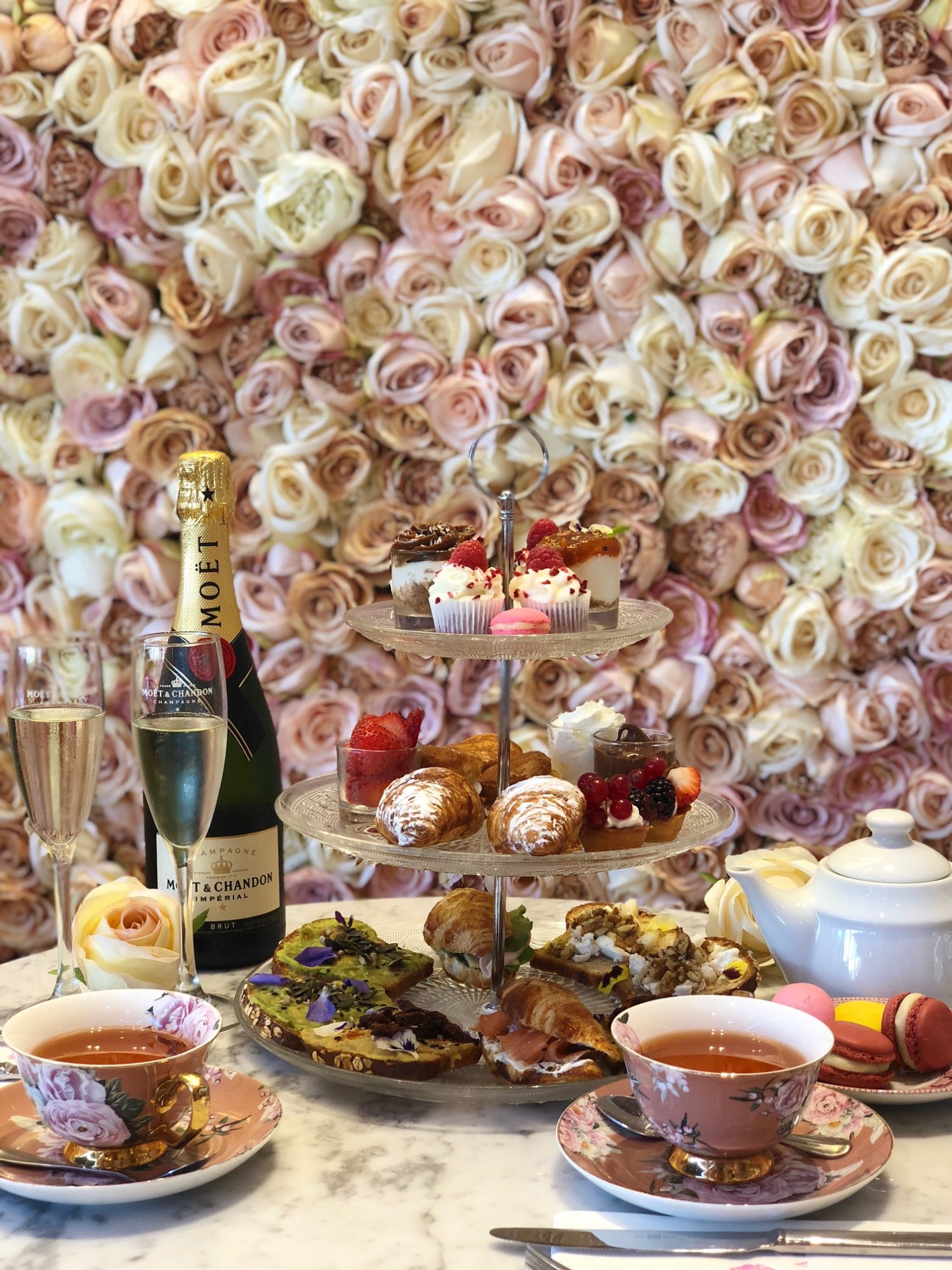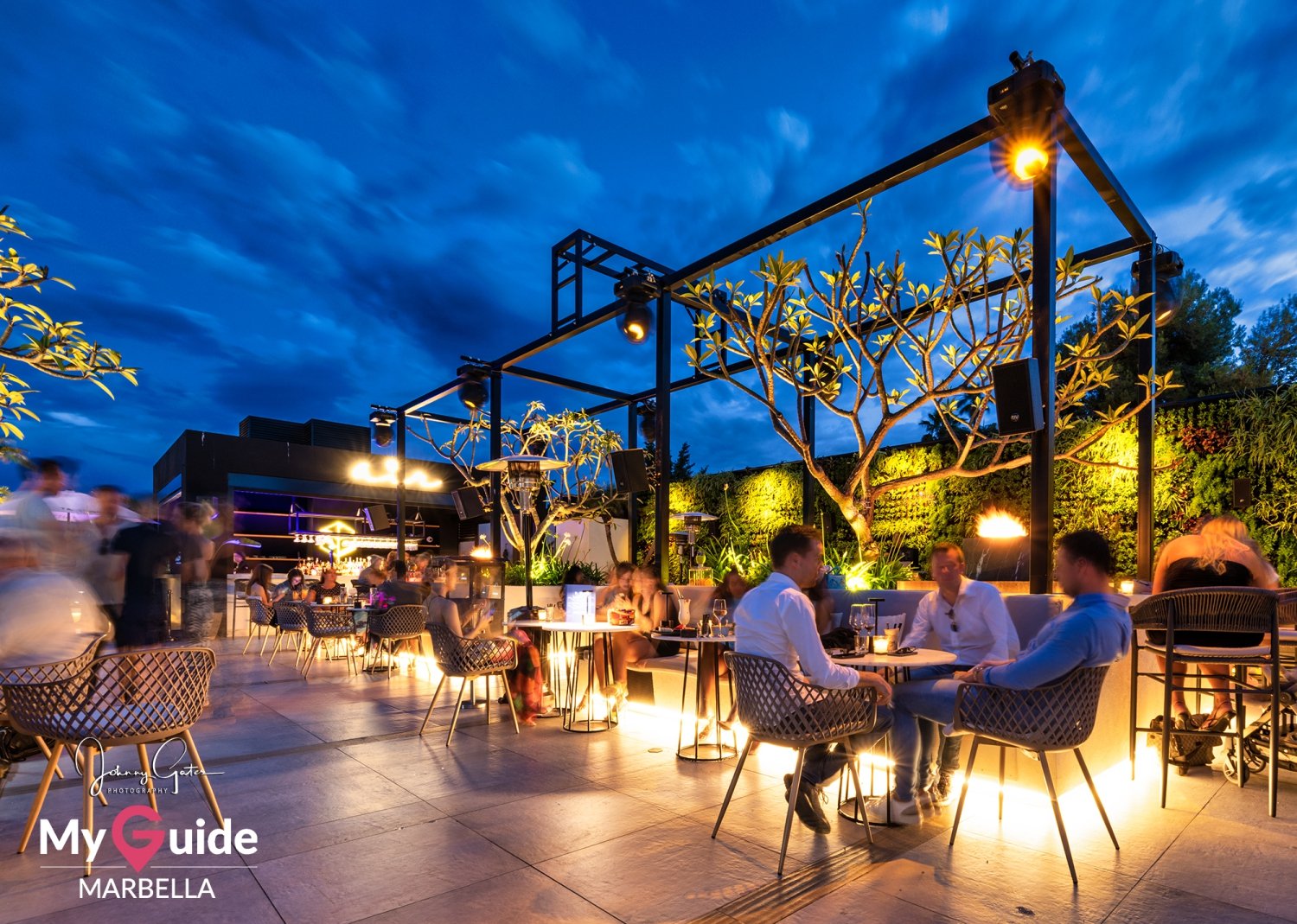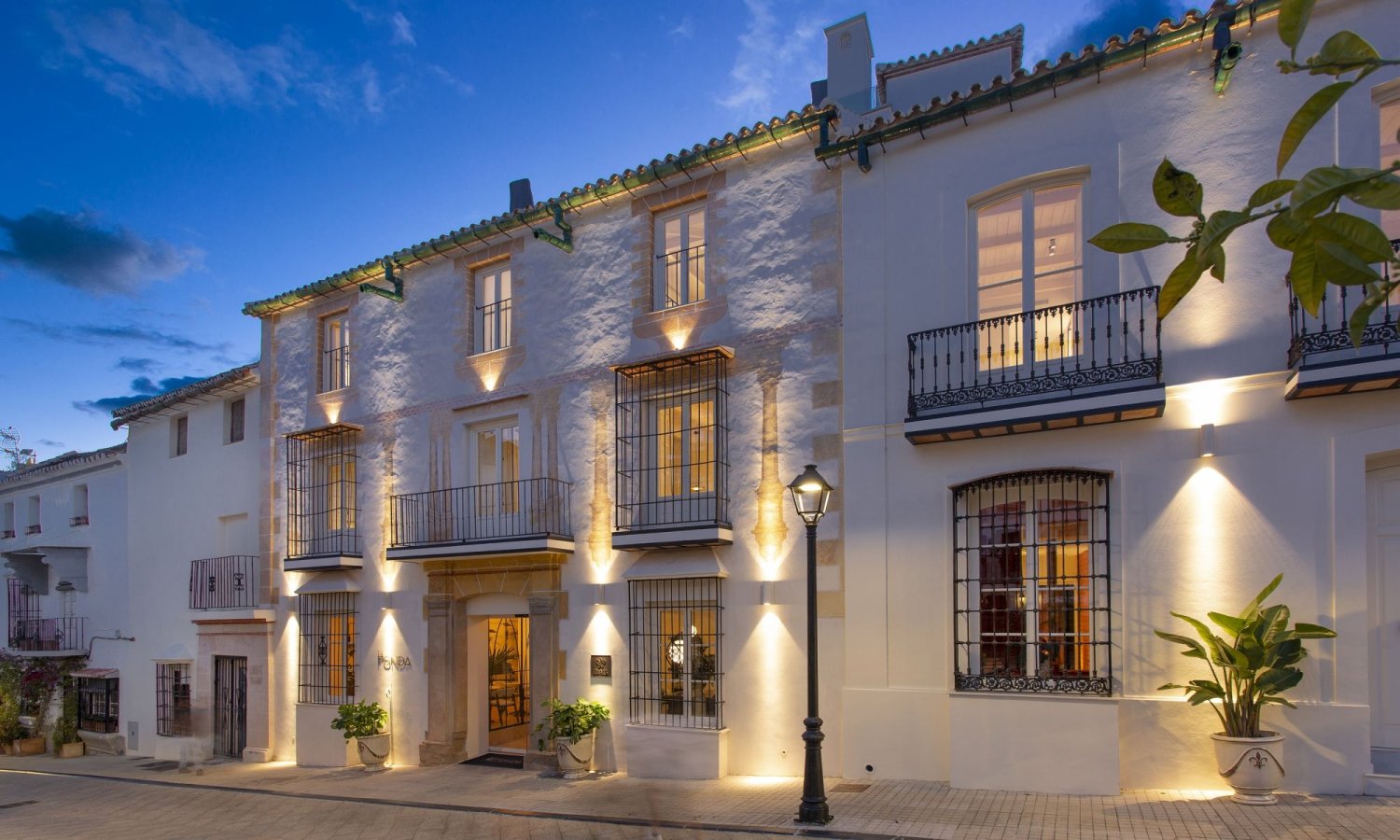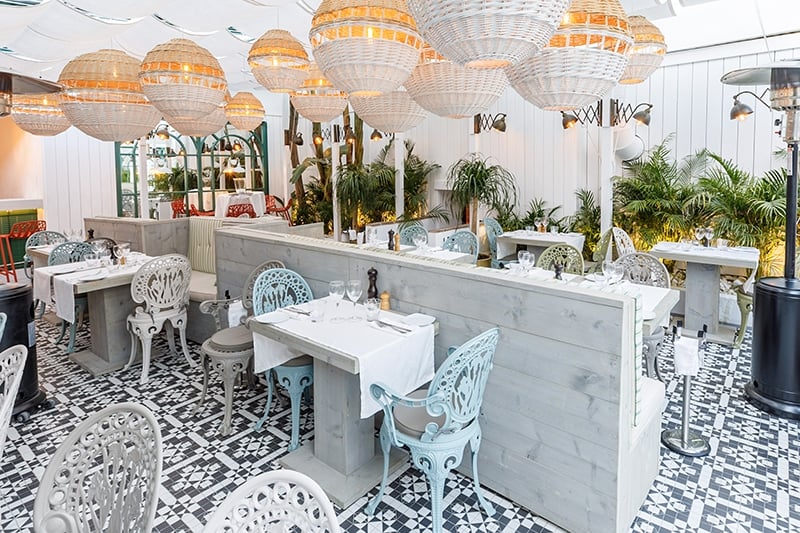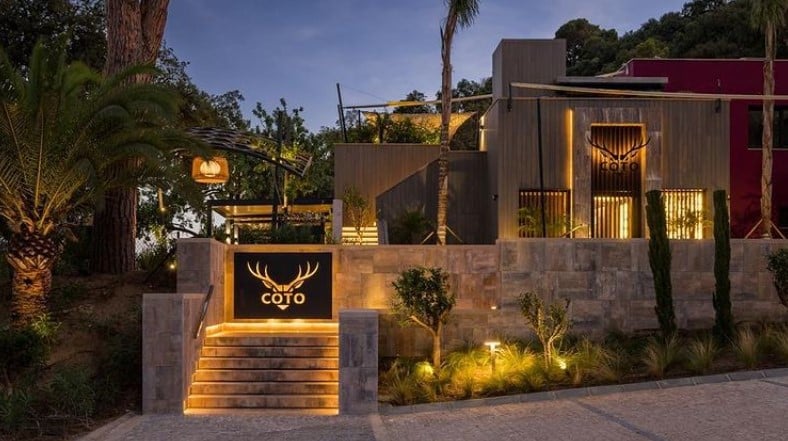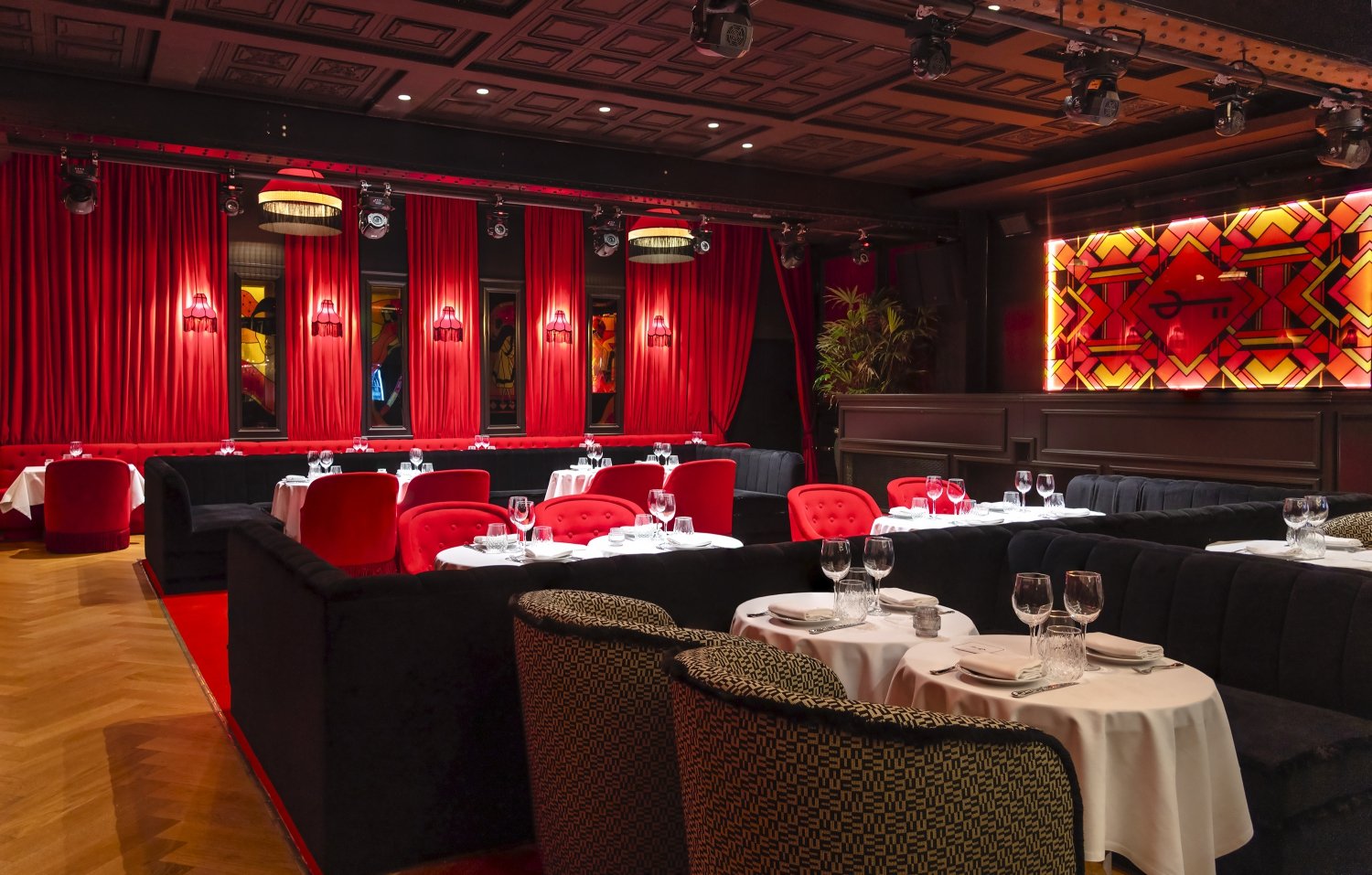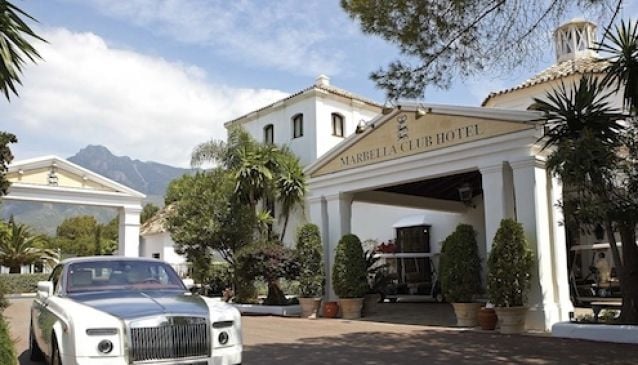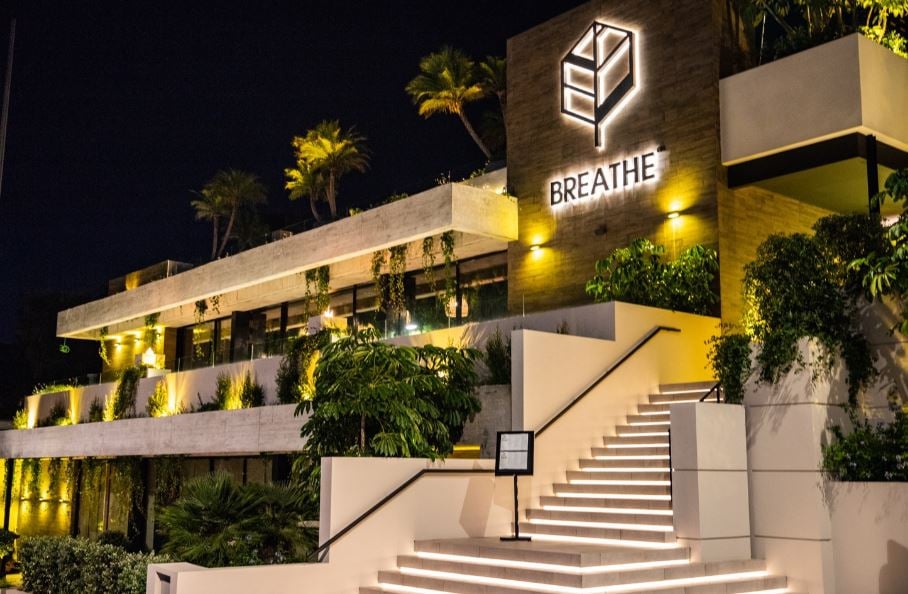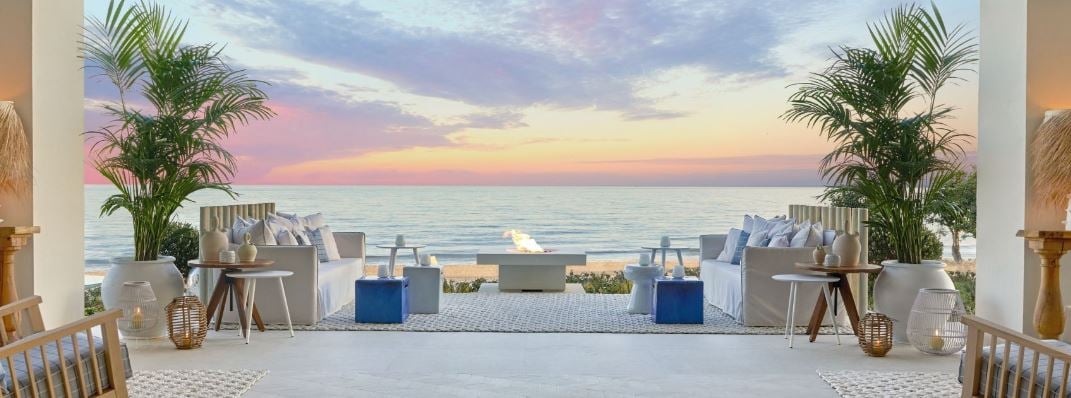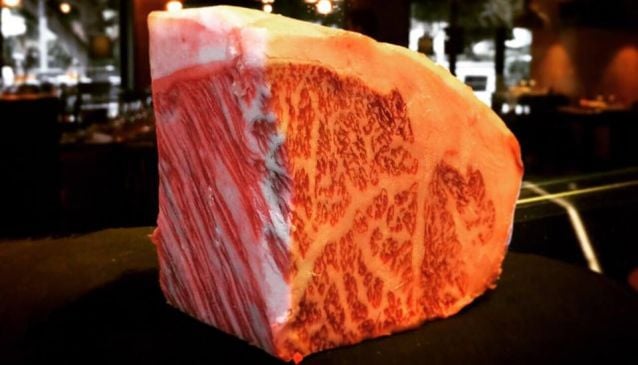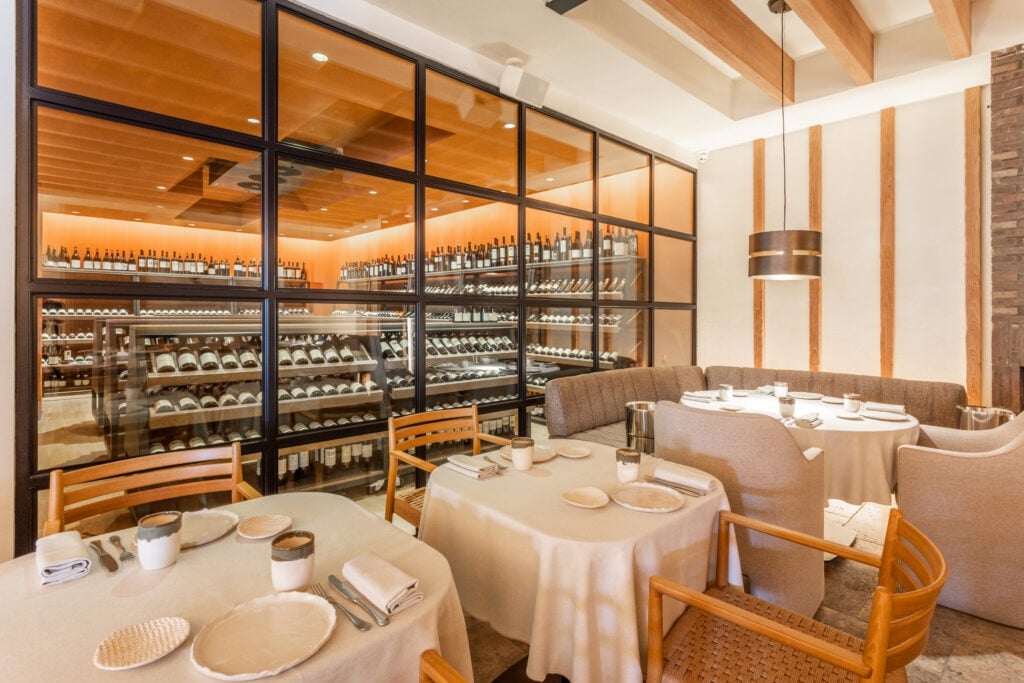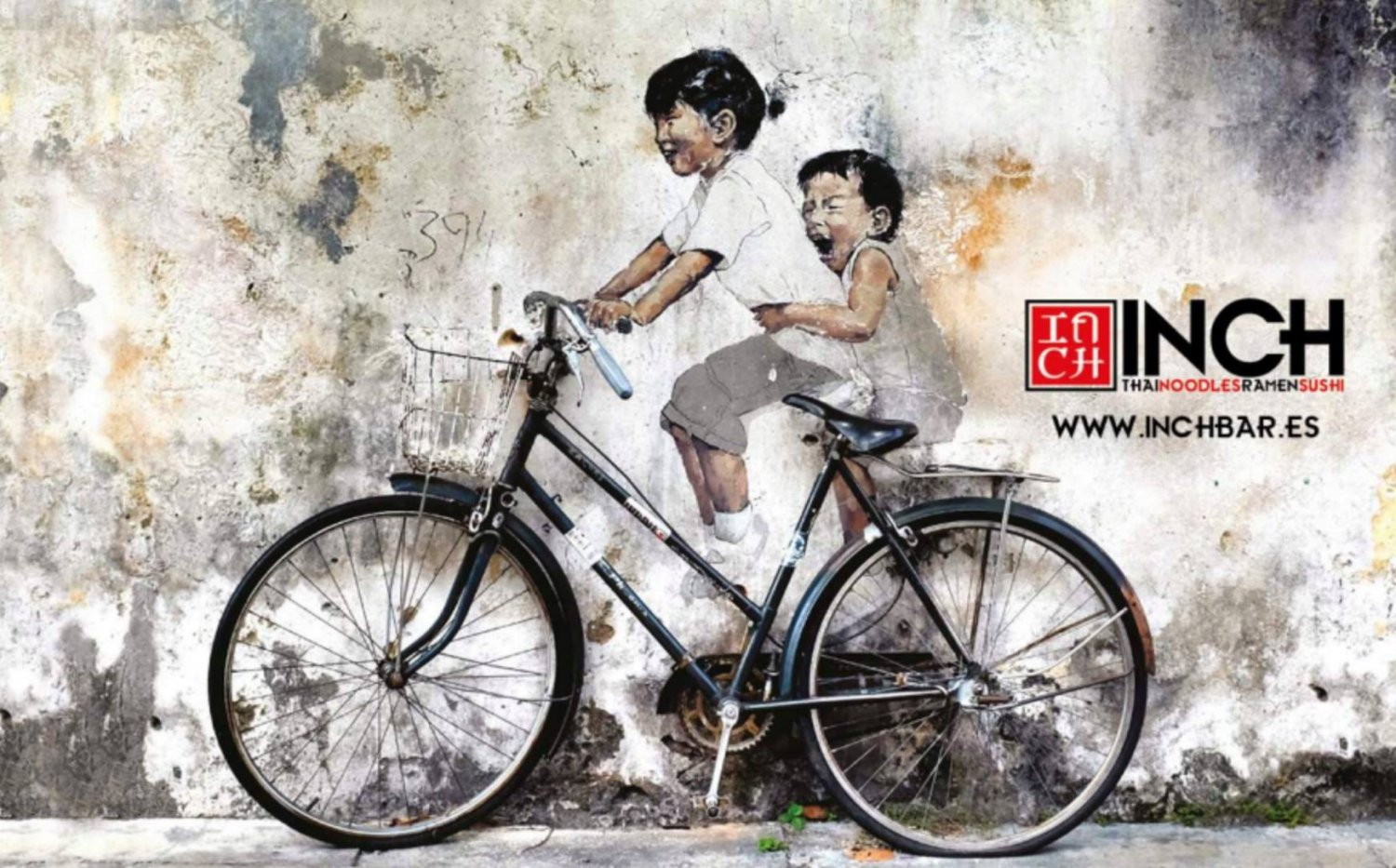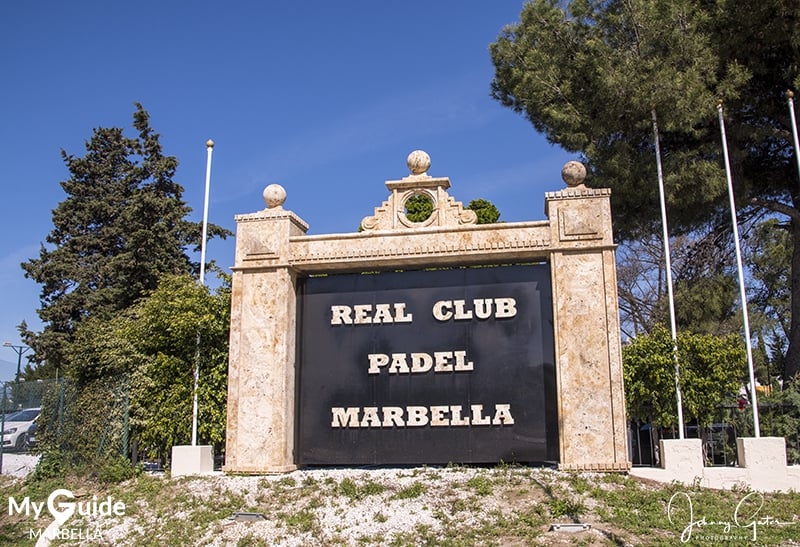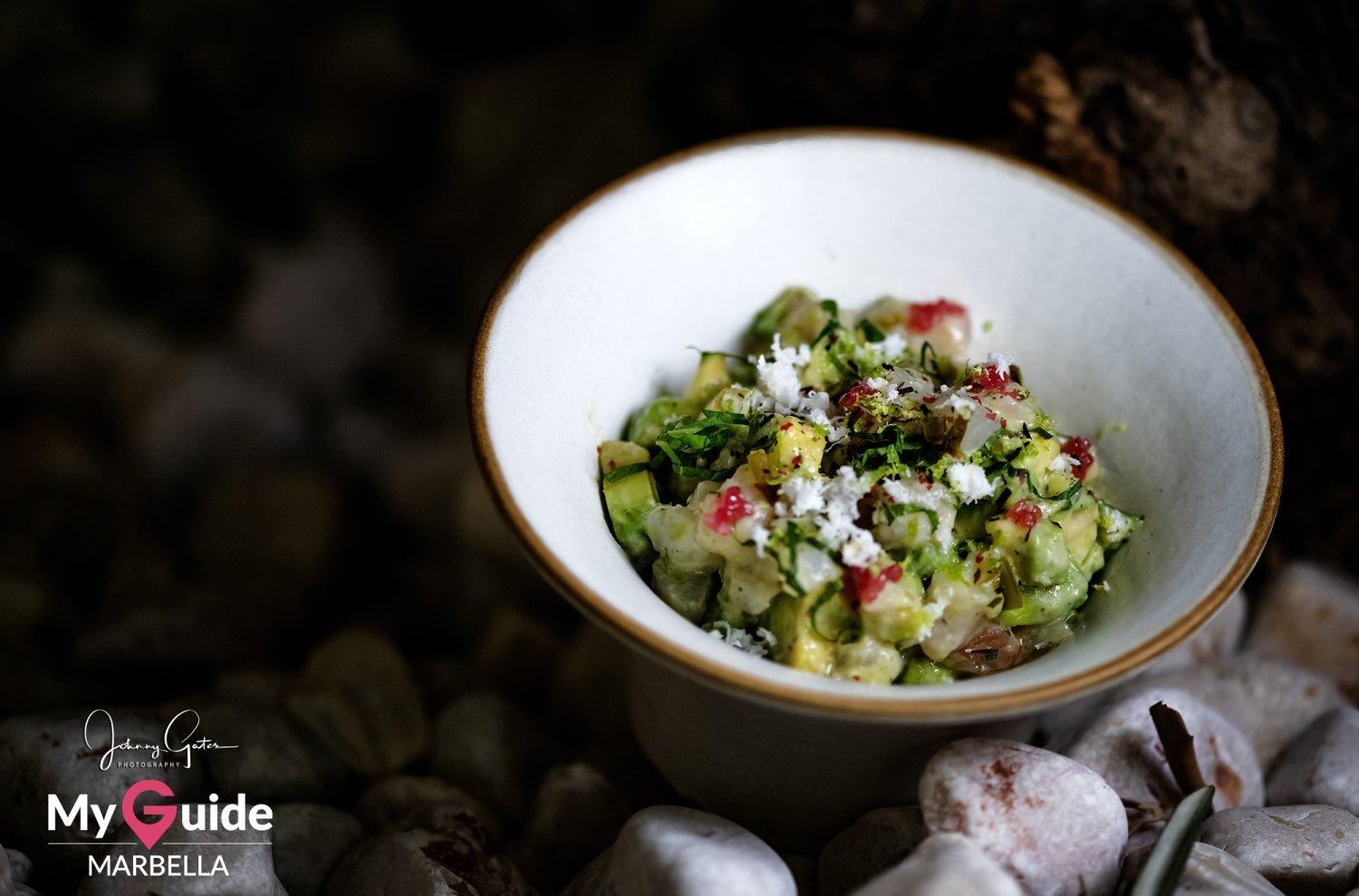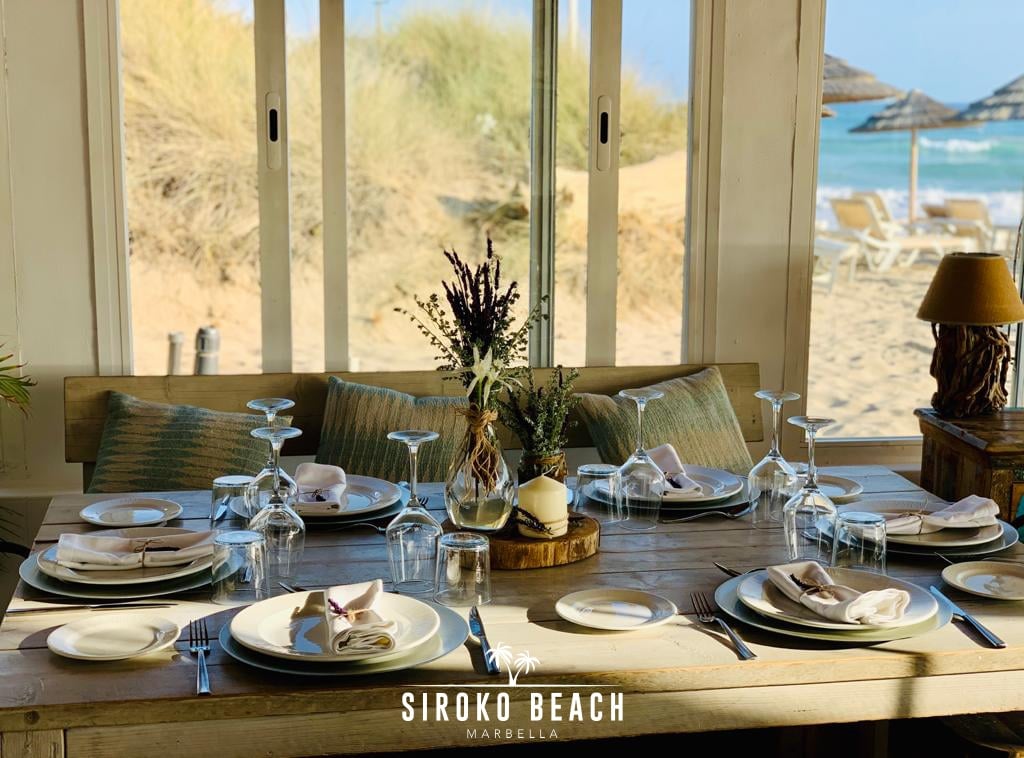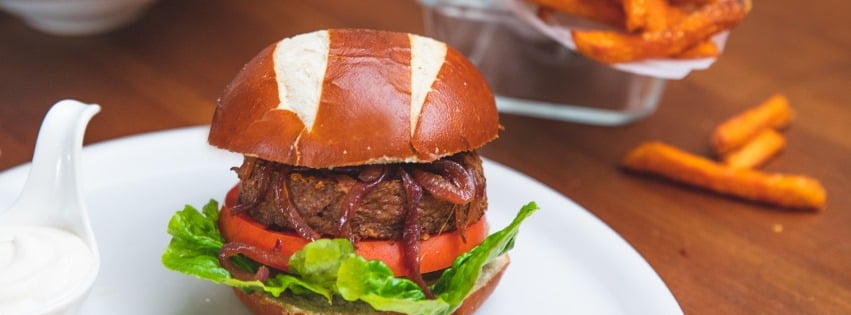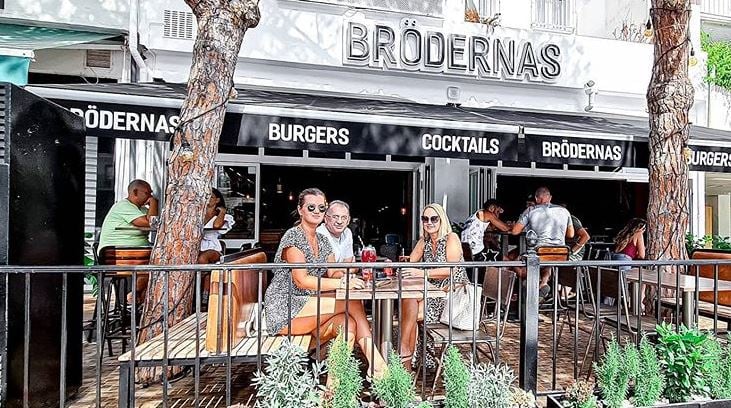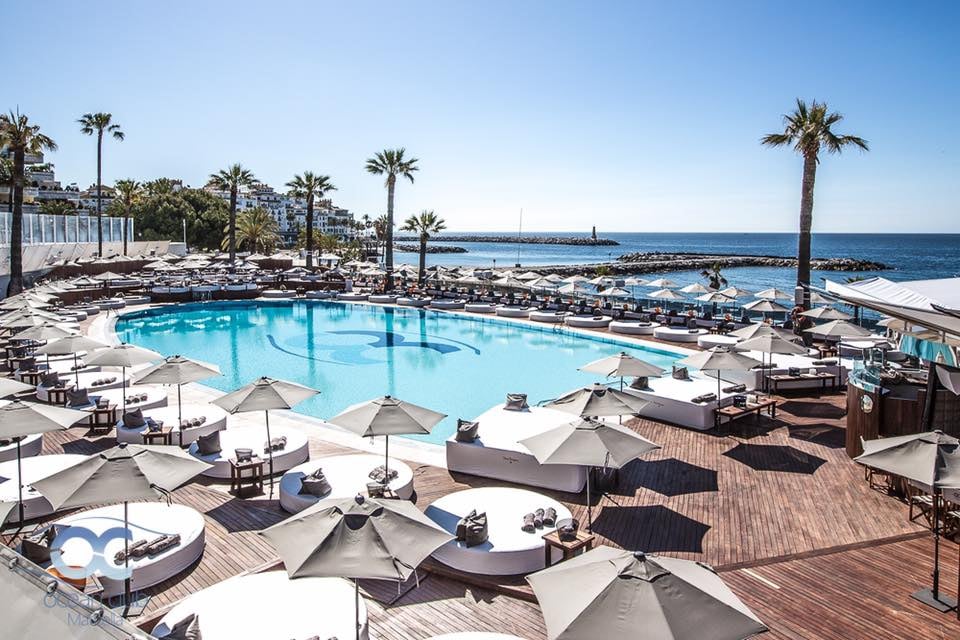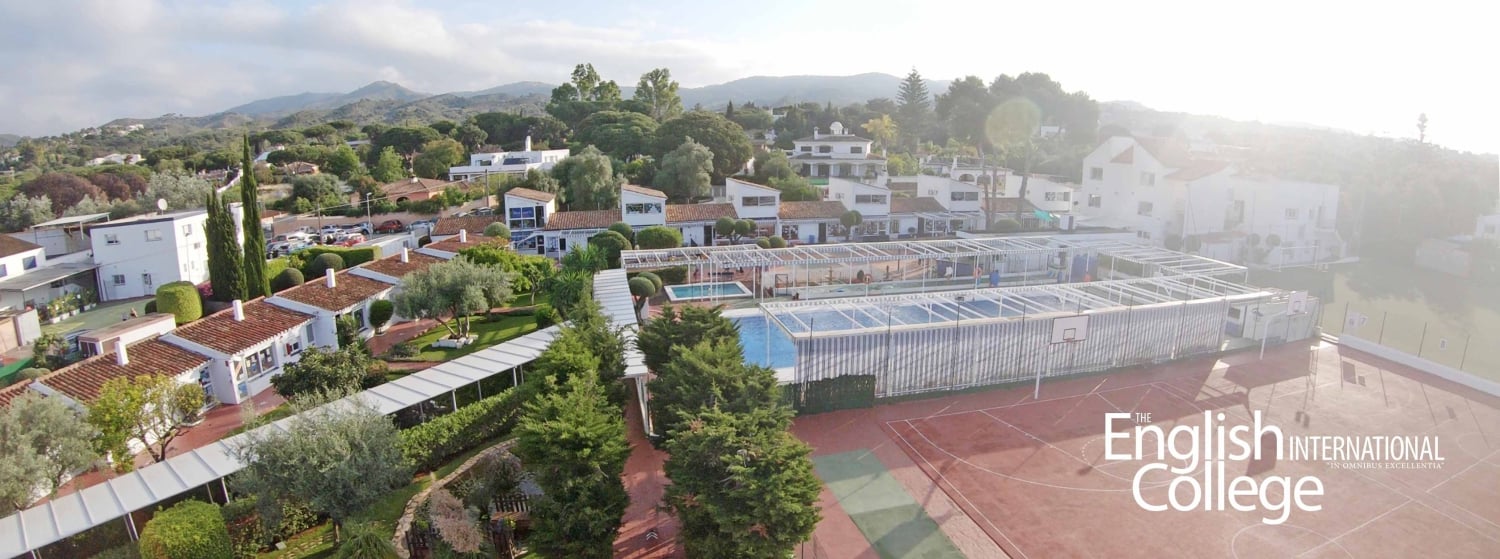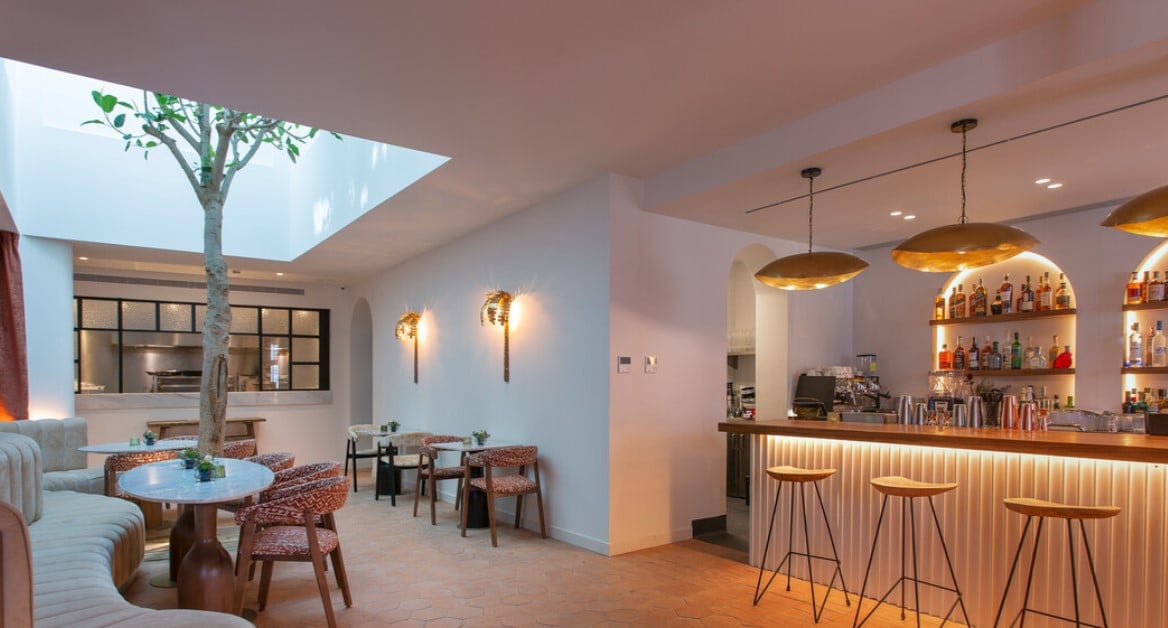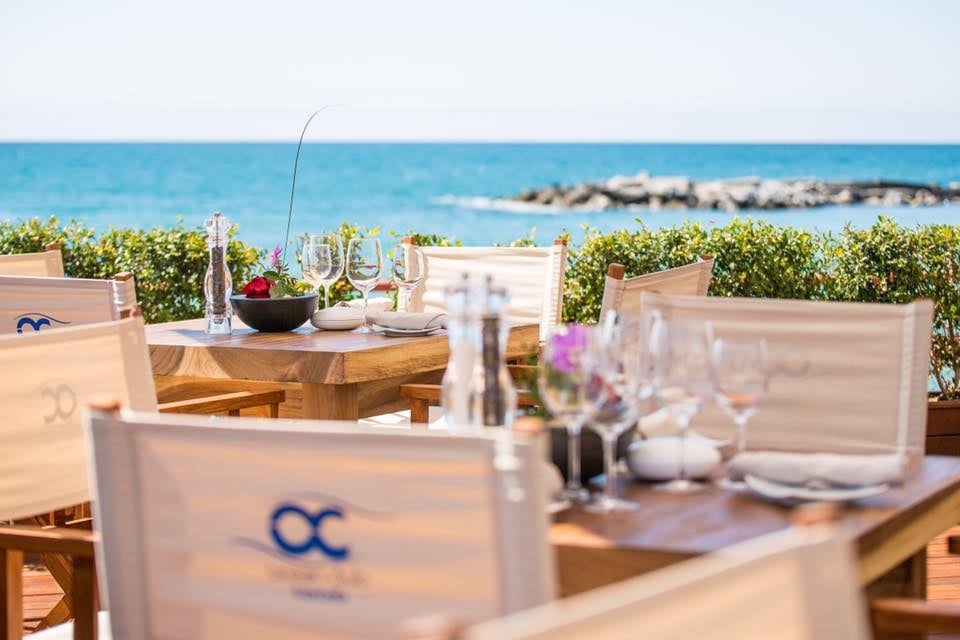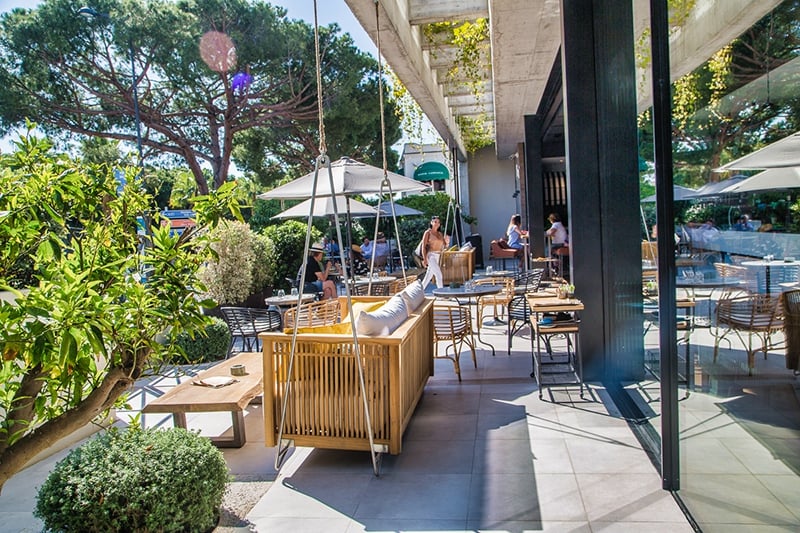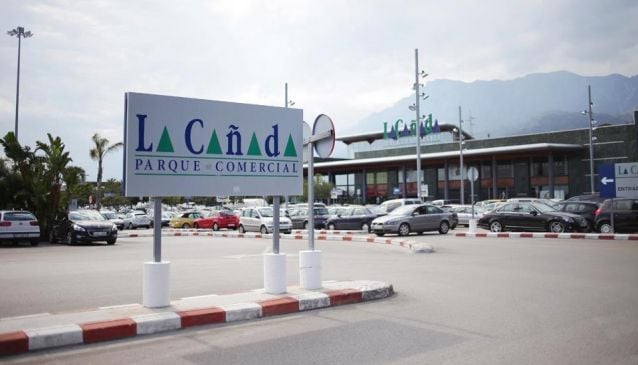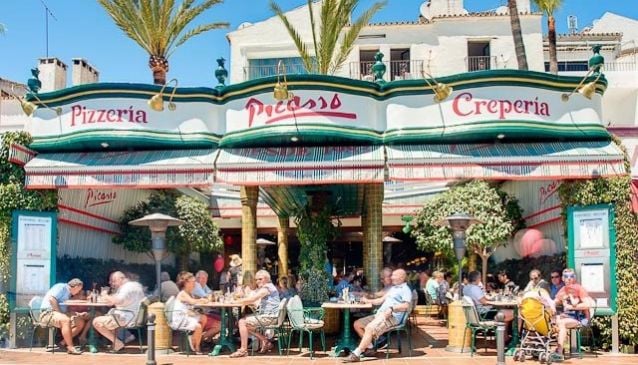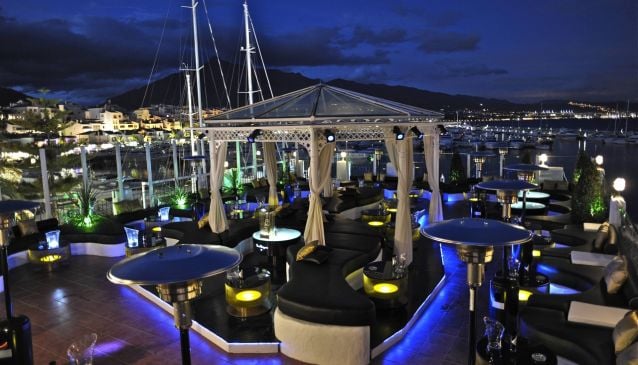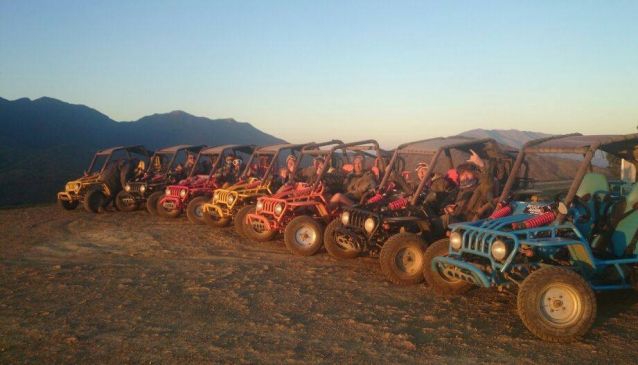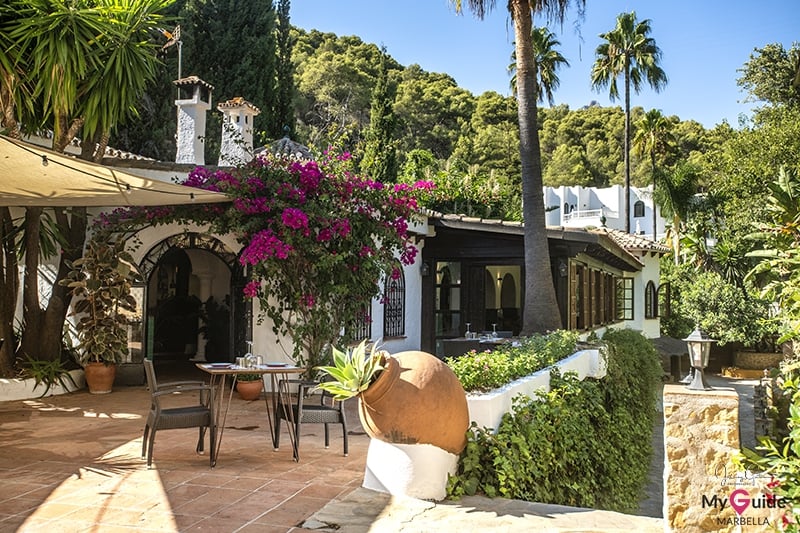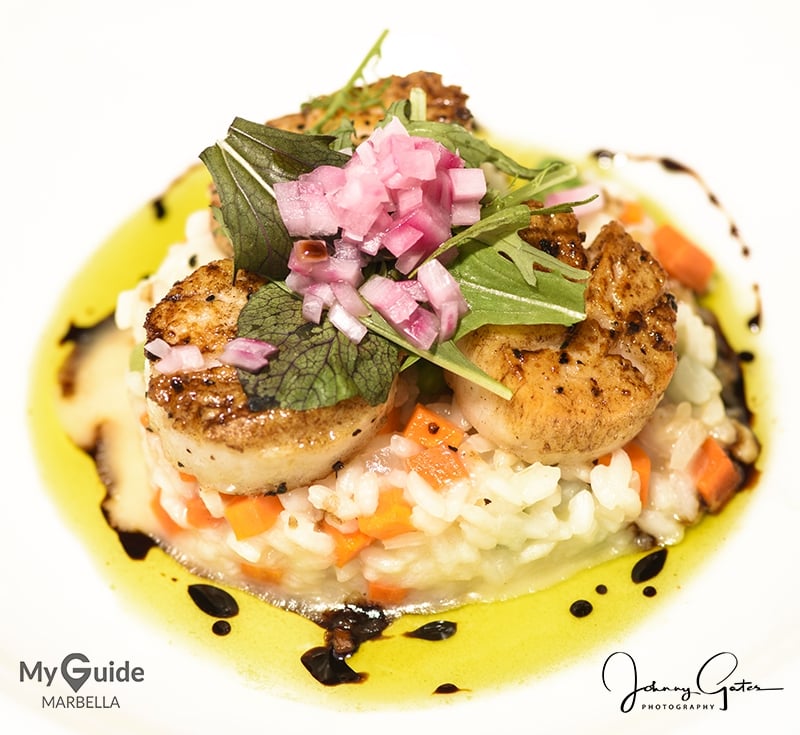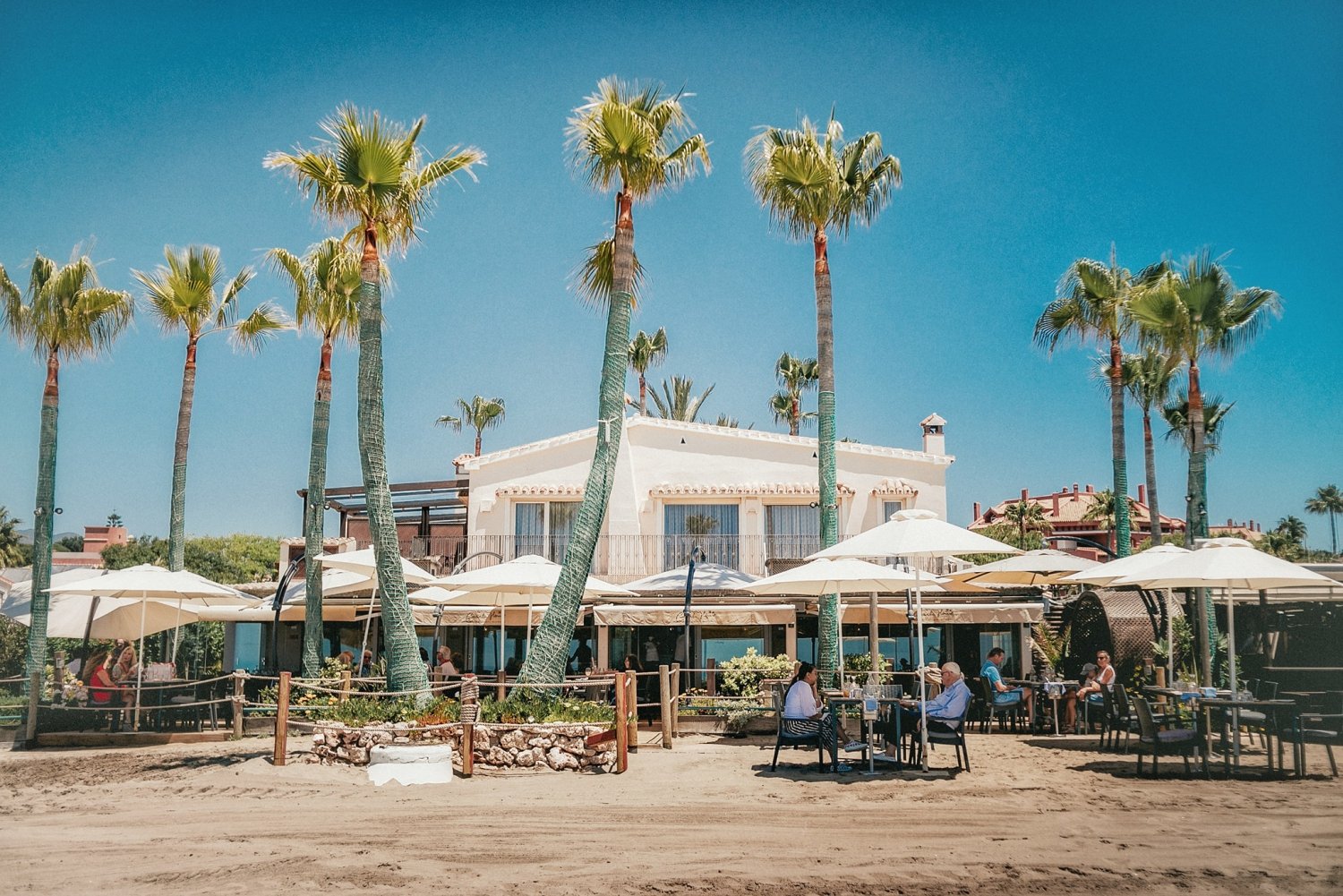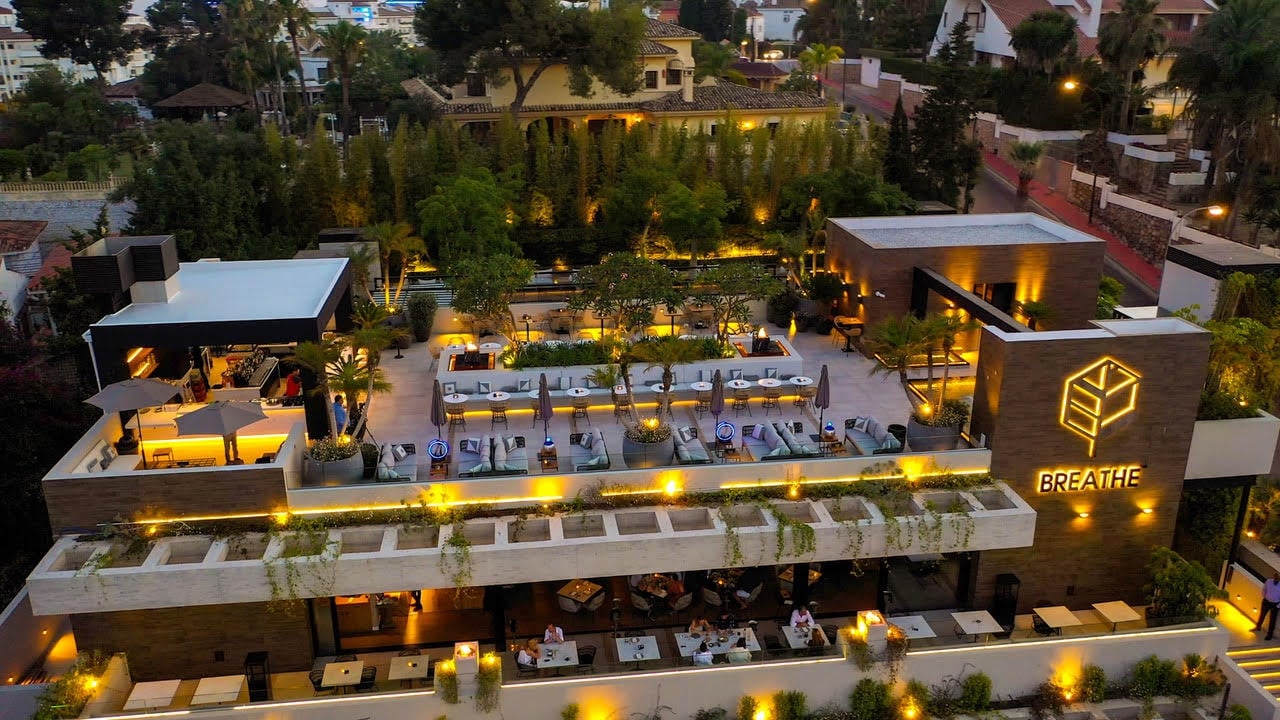Know Your Bubbles, Champagne, Cava or Prosecco
Too much of anything is bad, but too much Champagne is just right..
Book Top Experiences and Tours in Marbella:
If youʻre booking your trip to Marbella last minute, we have you covered. Below are some of the top tours and experiences!- Caminito del Rey private tour from Costa del Sol
- From Malaga: Day trip to Gibraltar and Dolphin Boat Tour
- From Málaga and Costa del Sol: Morocco Day Trip
- From Costa del Sol: Mijas, Marbella and Puerto Banús Tour
- Torremolinos: Horse Show with Dinner, Drinks, & Flamenco
Now, what do you choose, a nice classic Brut Champagne, a glass of Prosecco (very de rigueur at the moment) a crisp Cava or even a classic Italian Asti? They all fizz and bubble, but what are the differences between these titans of the drinks world?
1. Let us begin with the God of bubbles, Champagne.
Champagne is made with Chardonnay, Pinot Noir and Pinot Meunier grapes
The oldest recorded sparkling wine is Blanquette de Limoux, and the forerunner of the Champagne we know today which was allegedly invented by Benedictine monks in the Abbey of Saint-Hilaire, near Carcassonne in 1531, and this was achieved by bottling the wine before the initial fermentation had ended. Oddly enough it took an English man to realise that adding sugar and therefore inventing what we know as méthode champenoise, in 1662. Sadly though, the French were unable to make glass strong enough to take the pressure of the secondary fermentation in the bottle and so it wasn't until the 19th century that Champagne was finally made using méthode champenoise. Champagne is, of course, a region in North-East France, and as such hold, the right to call its wine Champagne, any other part of the winemaking world cannot in any circumstance use the term Champagne.
As Mark Twain famously once said, "Too much of anything is bad, but too much Champagne is just right."
2. Cava, The Pretender (or is it?)
Spain's answer to the mighty Champagne is Cava, Most of all Cava, meaning cave or Cellar is produced in the Penedès area of Spain based around the village of Sant Sadurní d'Anoia where you will find the two powerhouses of Cava production Codorníu and Freixenet.
A sparkling wine made the same way as its famous cousin, Methode Champanoise, a method of making sparkling wine by allowing the last stage of fermentation to take place in the bottle.
If by chance you are down on the Costa and fancy a good glass of champers before dinner but none is available, you will be able to find many good Cavas, some of which are indeed far better than many non-vintage champagnes!
Look out for, Gran Codorniu Gran Reserva Chardonnay, Freixenet Cava Elyssia and Juve Y Camps Gran Juve Y Camps amongst many excellent quaffers from Catalonia and you won't be disappointed.
Cava, of course, comes in Rose and one of my favourites is Segura Viudas Cava Reserva Heredad Rose, a stylish and consistent prestige Cuvee that deserves a warm evening, great company and even better food. Now with over 200 producers of this celebrated Spanish legend, you should have no problems nosing out a few glasses on your next visit to Spain.
3. Prosecco, The Italian Job.
Prosecco is a sparkling wine made in the Veneto region of Italy, just to the North of Venice.
Now Prosecco isn't my cup of tea, but it certainly seems to be the "fizz du jour" these days, especially in the hotter summer months, it's very easy to drink, probably too easy, and for me is more akin to an alcoholic fizzy pop than a serious flute of joy!
However, there are exceptional Prosecco wines in the Conegliano Valdobbiadene DOCG and Colli Asolani DOCG regions which shouldn't be ignored if you are offered one.
On the taste side, good Prosecco tends to have more fruit and flower aromas which are a product of the grape (Glera). Because the wines are aged in large tanks and not bottles as in Champagne or Cava, with less pressure, Prosecco bubbles are lighter, frothy and spritzy with less persistence. Finer Prosecco wines often exhibit notes of tropical fruits, vanilla and honeycomb.
Our favourite venues for a glass of fizz would have to include: When you are enjoying your glass of bubbles in Marbella be sure to tag us in a picture!



